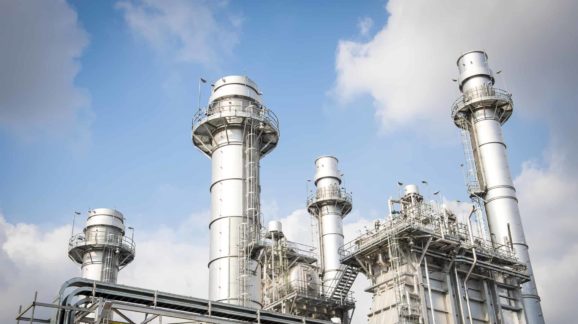D.C. Circuit Court of Appeals Vacates Trump EPA’s Replacement for Clean Power Plan

Photo Credit: Getty
A panel of the D.C. Circuit Court of Appeals voted 2-1 on January 19 to vacate the Trump administration’s Affordable Clean Energy (ACE) rule, which repealed and replaced the Obama administration’s marquee climate policy, the so-called Clean Power Plan (CPP). The case is titled American Lung Association v. EPA. You can read the 119-page opinion and 37-page dissent here.
The CPP, finalized by the Obama EPA in October 2015, was a plan to rapidly decarbonize the U.S. electric power sector by imposing carbon dioxide (CO2) emission performance standards on existing (already built) coal- and gas-fired power plants. Twenty-six states sued to overturn the CPP in 2015. In February 2016, the Supreme Court took the extraordinary step of staying the rule, even though the D.C. Circuit Court of Appeals was still reviewing it.
The CPP was plainly unlawful. Section 111 of the Clean Air Act authorizes the EPA to adopt emission performance standards for stationary sources of air pollutants. The standards are to reflect the “best system of emission reduction” that has been “adequately demonstrated,” taking “cost” into account.
Emission reduction systems are designed for and apply to sources, so the legal meaning of “system” depends on that of “source.” The text defines “stationary source” as a “building, structure, facility, or installation” that emits or may emit air pollutants. All such sources are alike in one obvious respect—each is an individual physical object located within the boundaries (“fence line”) of its owner’s property.
The clear implication is that the best system of emission reduction consists of technologies or practices that can be applied to and at the source. The Obama administration refused to accept that limitation because there are no adequately demonstrated technologies or practices for achieving dramatic reductions in CO2 emissions from existing power plants.
To decarbonize the power sector despite the absence of affordable CO2 emission control technologies, the CPP construed “source” to mean power plant owners and operators in their role as economic actors in the electricity marketplace. More precisely, the CPP reimagined the entire U.S. electric power sector to be a stationary source by conceiving it as a single gigantic “machine” of which individual coal and gas power plants are mere cogs.
Thus, the Obama EPA claimed, the best system of emission reduction for the electric power sector is to shift generation from coal to gas power plants, and from fossil fuel power plants to renewables. The CPP employed a two-pronged strategy to coerce such generation shifting. First, in a radical departure from all previous regulation under Section 111, the CPP set standards for coal and gas power plants that no existing facility could meet. Second, the plan gave owners and operators the “flexibility” to comply by purchasing power from lower- or zero-carbon facilities, investing in new renewable facilities, ceding market share to gas or renewable generation, or simply shutting down. The CPP’s so-called performance standards were, in fact, non-performance mandates.
The Trump EPA’s ACE rule concluded that the CPP was based on an impermissible interpretation Section 111, repealed the CPP, and determined that the best system of reduction for coal power plants consists of technologies and practices that make coal plants more efficient at turning heat into electricity.
The majority’s opinion in American Lung Association affirms the correctness of the CPP’s interpretation of “stationary source,” stating: “components of the grid must operate as a perfectly calibrated machine.” So, because the grid is like a machine, it is a machine; hence is a stationary source (building, structure, facility, or installation). One could with equal validity claim that because grid operators are “like orchestra conductors signaling entrances and cut-offs” (p. 23), the grid is an orchestra.
Judge Justin Walker’s dissent is well worth reading. The majority argues that ACE must be vacated because Section 111 does not clearly and unambiguously prohibit generation shifting as a best system of emission reduction. But the real issue is whether the provision, expressly or by clear implication, provides such authority. Judge Walker writes:
In this latest round, the briefing’s word count exceeded a quarter of a million words. The oral argument lasted roughly nine hours. … And yet, in all that analysis, hardly any of the dozens of petitioners or intervenors defending the 2015 Rule make a serious and sustained argument that Section 111 includes a clear statement unambiguously authorizing the EPA to consider a system of emission reduction that includes off-site solutions or that Section 111 otherwise satisfies the major-rules doctrine’s clear statement requirement.
I predict the case will be appealed and the Trump EPA’s repeal of the CPP will be upheld.